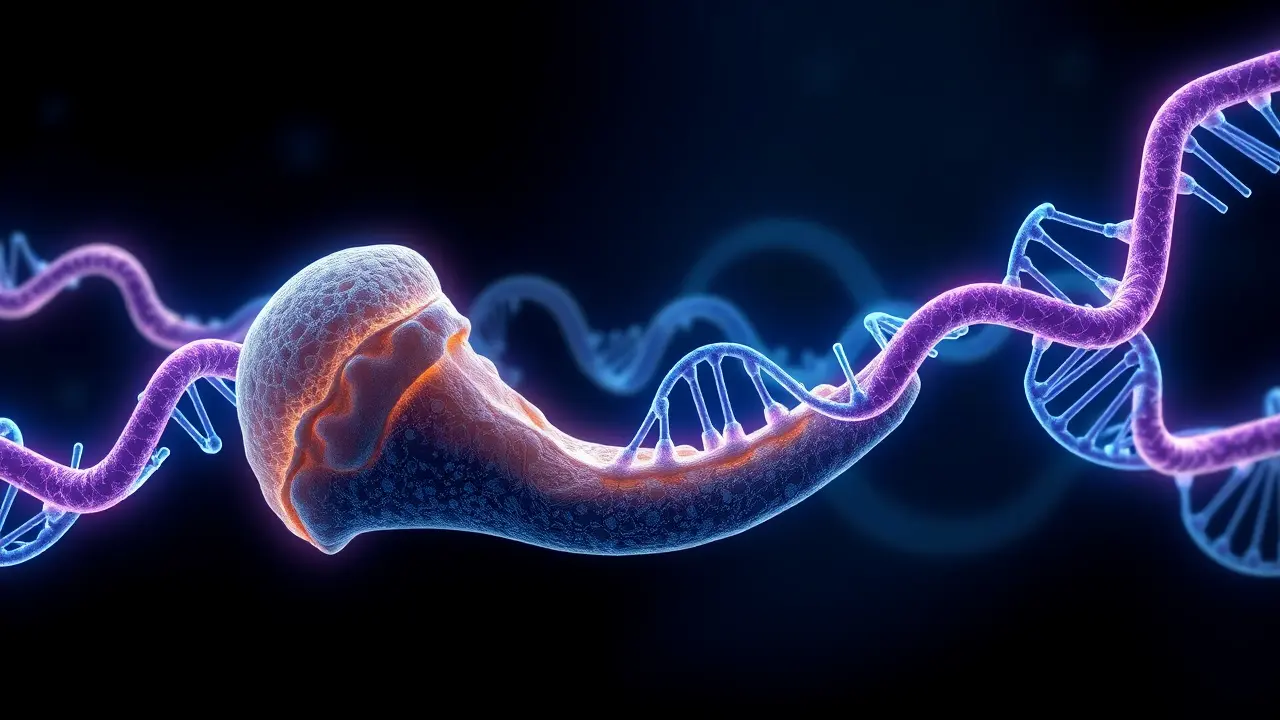
SciencearchaeologyPaleoanthropology
2 million-year-old teeth reveal secrets from the dawn of humanity
KE
Kevin White
2 days ago7 min read
In a discovery that feels more like science fiction than paleontology, researchers have just pulled off a molecular-level heist, extracting ancient proteins from the 2-million-year-old tooth enamel of Paranthropus robustus, our big-jawed, enigmatic cousin from the dawn of humanity. For decades, these hominins were largely classified by the brute architecture of their skulls—massive cheekbones, powerful jaws built for grinding tough vegetation—pigeonholing them as a monolithic, if fascinating, evolutionary side branch.But the latest forensic techniques, applying cutting-edge paleoproteomics to fossils from the South African site of Swartkrans, have cracked open a biological vault far more revealing than bone structure alone. By sequencing the proteins locked within the mineral matrix of the dental enamel, a material far more durable than DNA over such immense timescales, scientists have not only determined the biological sex of individual specimens but have also uncovered subtle genetic variations that suggest Paranthropus was not a single, uniform species.Instead, it appears to have been a complex evolutionary mix, a diverse population with distinct lineages, potentially adapting to fluctuating climates and ecological niches across the African landscape. This is a paradigm shift, moving beyond the crude morphology that has long defined our understanding of human origins and into the nuanced realm of molecular genealogy.It’s the biological equivalent of upgrading from a grainy black-and-white photograph to a high-resolution genomic scan. The implications are profound, forcing a re-evaluation of the entire Pliocene epoch's social and family structures.Were these individuals part of a single, widespread tribe, or did they represent isolated groups evolving in parallel, their distinctive traits emerging as adaptations to local environments? This methodology, pioneered by teams at the University of Copenhagen and the University of Cape Town, doesn't just rewrite the chapter on Paranthropus; it opens a new frontier for the entire field. If we can retrieve this level of intimate biological data from two-million-year-old teeth, what stops us from applying the same techniques to other hominin species, from Australopithecus to early Homo, potentially unraveling migration patterns, interbreeding events, and even causes of extinction? This is the dawn of a new era in paleoanthropology, where the very building blocks of life, preserved against all odds, are beginning to tell the deepest secrets of our shared ancestry, proving that the most compelling stories are often written not in stone, but in the resilient chemistry of enamel and the silent language of proteins that have waited millennia to be read.
#featured
#Paranthropus robustus
#ancient protein analysis
#tooth enamel
#human evolution
#species complexity
#genetics
Stay Informed. Act Smarter.
Get weekly highlights, major headlines, and expert insights — then put your knowledge to work in our live prediction markets.
Comments
It’s quiet here...Start the conversation by leaving the first comment.
© 2025 Outpoll Service LTD. All rights reserved.